Affiliate links on Android Authority may earn us a commission. Learn more.
Apple Car: Here's what we know so far
February 15, 2022
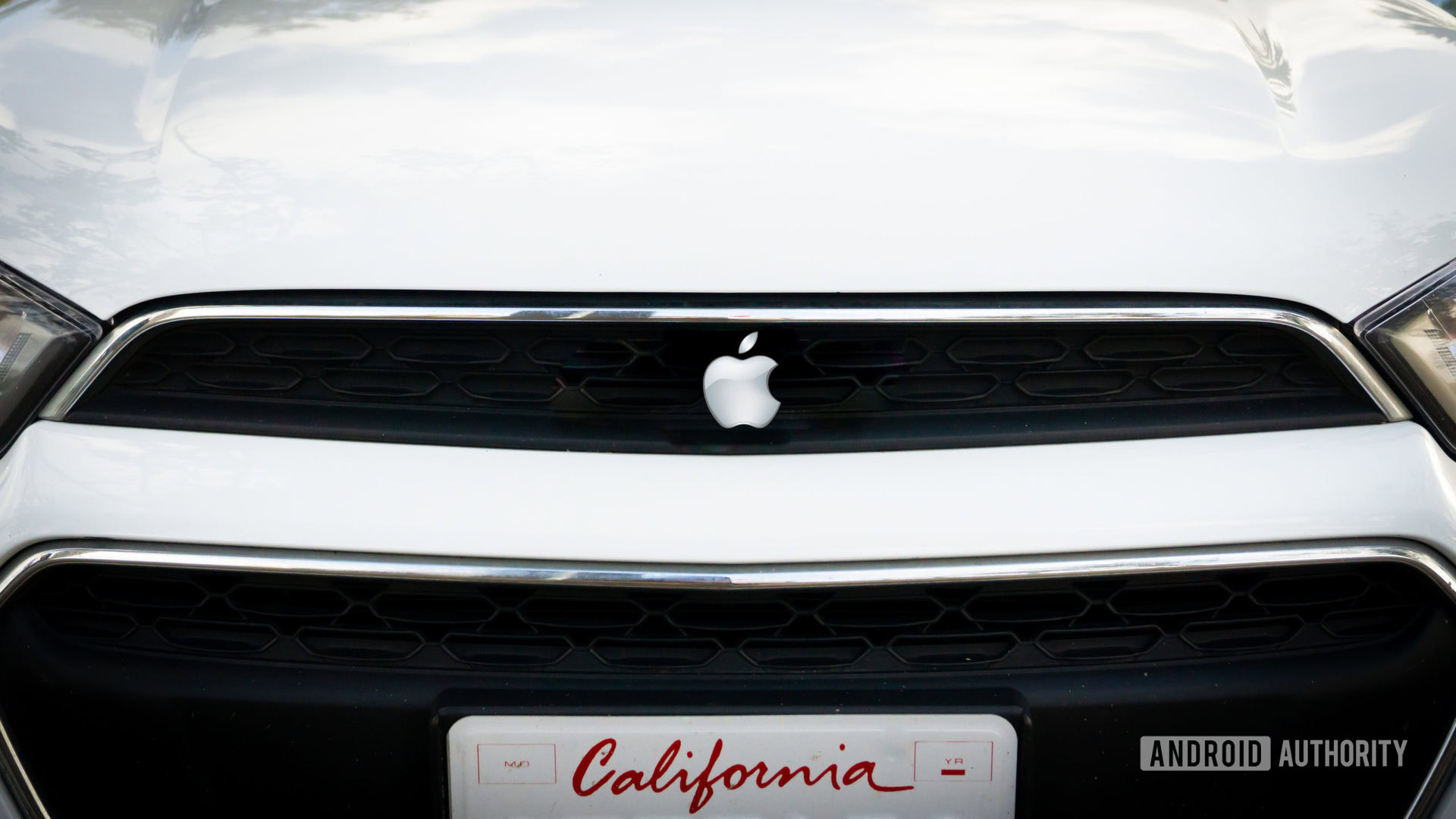
Few things are confirmed about the legendary Apple Car beyond it being some sort of large-scale automotive project. As usual, the iPhone maker is being as secretive as possible — yet there have been far too many reported hires, deals, and other developments for its auto work to be purely experimental. Here’s what you need to know to get up to speed with the Apple Car.
Also read: Green Authority — The best electric motorcycles you can get
What is the Apple Car?
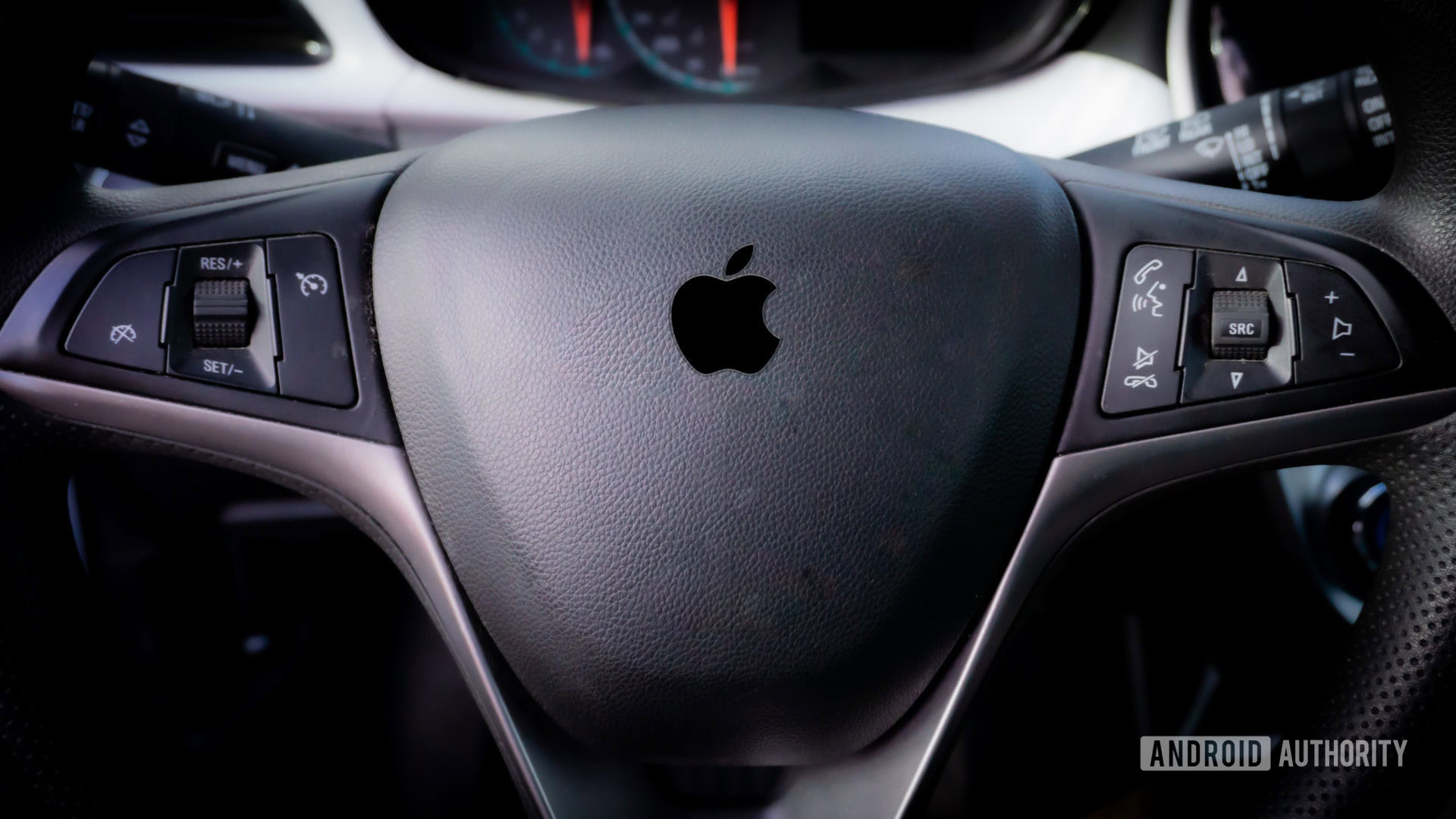
At its core, we know the Apple Car project involves some form of EV (electric vehicle). All the rumors have pointed in that direction, and gas wouldn’t make sense for a company that rides on green credentials. By the time any product hits the streets, gas will probably be seen as backwards — especially in Apple’s home state of California, where wildfires are only intensifying with global warming.
Internally, the Apple Car effort is codenamed Project Titan, according to sources like AppleInsider. It’s also believed to be a fully Apple-designed vehicle, though Bloomberg says the company pushed a reset button in 2016, laying off dozens of workers and briefly narrowing work down to a self-driving platform. Since then the company is thought to have scaled the Apple Car project back up.
Another safe bet is that it will have LiDAR-based autonomous driving capabilities. CEO Tim Cook admitted that Apple was testing self-driving functions in 2017, and said so again in April 2021. In July 2018, a former employee was arrested by the FBI for stealing connected trade secrets, as Wired reported. August that year saw a test vehicle rear-ended on a public road (Engadget). In June 2019, Apple bought a startup called Drive.ai.
Apple Car will probably have LiDAR-based autonomous driving capabilities.
The level of autonomy an Apple Car might launch with is unknown. While companies like Waymo have fully self-driving taxis, they’re operating only in limited markets, and there’s quite a leap from that to personal transportation that can go anywhere. Given legal and technical hurdles, Apple could be forced to adopt something closer to the semi-autonomous tech Tesla has now — enough to handle highways and parking, but not the most complex scenarios.
More recent Bloomberg rumors have nevertheless claimed that Apple is going full-tilt on self-driving, to the point that the car might not ship with a steering wheel or pedals unless laws require them. Backing that up would be the company’s most advanced processor ever.
Patent applications, spotted by sites like Business Insider, have occasionally hinted at features that may or may not make it into a real-world product. These include “virtual” windows that can be seen through a headset, or airbag walls that can prevent objects from flying through windshields. One patent spotted by Tom’s Guide proposes a sunroof with variable opacity. Many Apple patents have gone nowhere, however, and the company will probably stick with features it can deliver at a palatable cost. That means things like close integration with other products and services, such as Siri, the iPhone, and Apple Maps.
In December 2020, Reuters claimed Apple’s vehicle will use monocell battery engineering, freeing up space inside the battery pack in a way that will let it deliver more range for less money. The pack may also use lithium iron phosphate rather than conventional lithium-ion chemistry, making it more resilient against overheating.
Would you consider buying an Apple Car?
What’s the history of Project Titan?
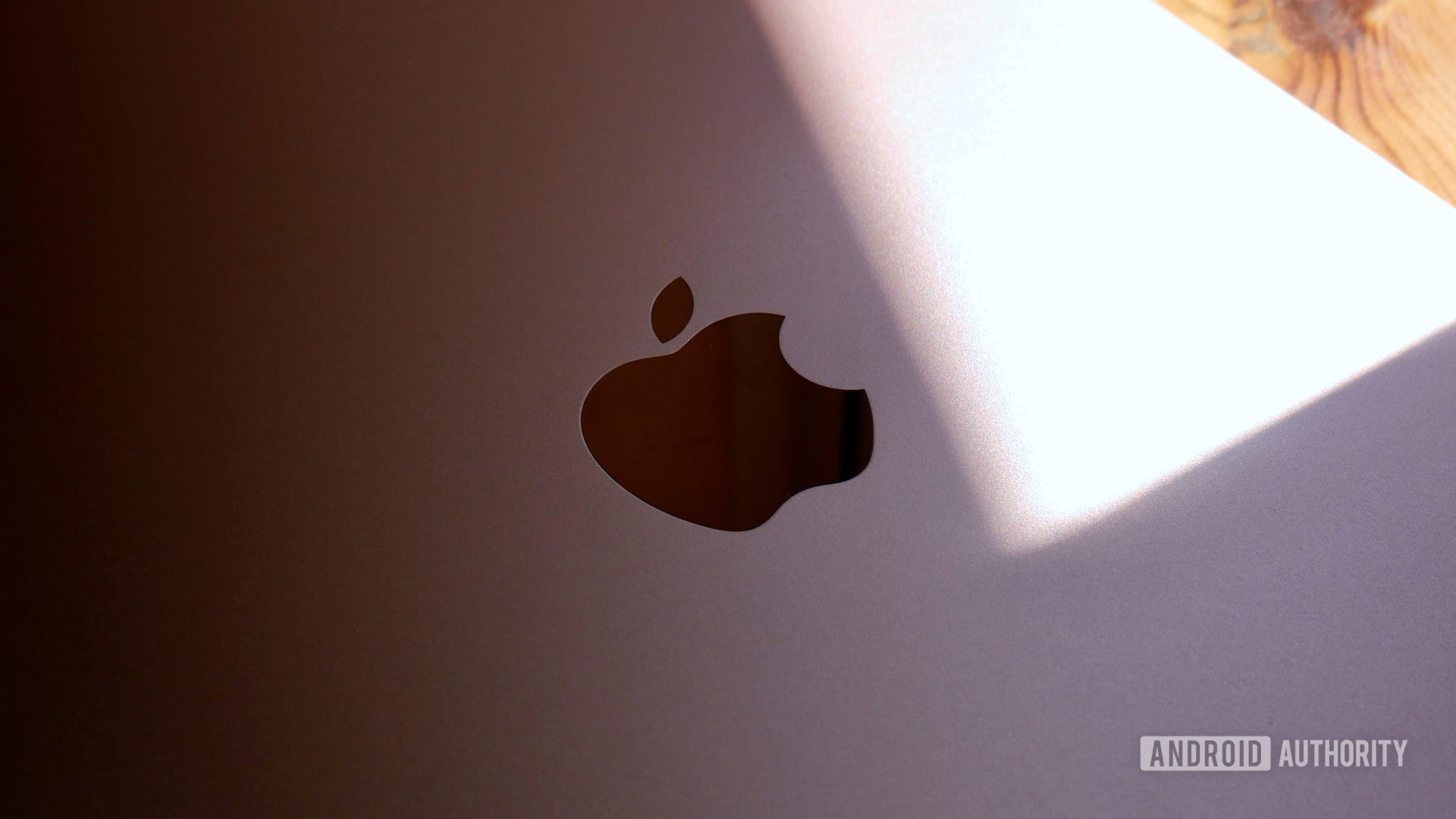
The Wall Street Journal claims that CEO Tim Cook first greenlit Titan in 2014, with plans to assign as many as 1,000 people. Over the years, many of these workers would come from existing auto companies such as Tesla and Mercedes-Benz.
Development efforts appear to have started out small. The company met with officials at GoMentum Station to see about a testing ground (The Guardian). A suspected Apple front company, SixtyEight Research, was found to have facilities in Sunnyvale, California, and to have visited a European car conference (AppleInsider). The New York Times indicates that Apple ordered a firm called Torc Robotics to fit two Lexus SUVs with sensors.
By 2016, Titan was an open secret, with Tesla CEO Elon Musk telling the BBC that it’s “pretty hard to hide something if you hire over a thousand engineers to do it.” The company was even said to be investigating charging stations (Reuters), yet that year saw the aforementioned shakeup in which leadership changed, dozens of people were laid off, and Apple temporarily shifted focus towards a self-driving platform.
Also read: Green Authority — The best electric bicycles
Things kicked back into gear in 2017 when the company received approval to test self-driving technology on California roads (The Verge), and appeared to be leasing testing grounds in Arizona (Jalopnik). It set an internal deadline for later that year to judge the feasibility of a self-driving car and to decide Titan’s ultimate direction (Bloomberg).
Clearly, something was greenlit. By January 2018, Apple had 27 self-driving test vehicles registered in California, and it was said to be working with Volkswagen to build a self-driving shuttle van for its employees (New York Times). The number of test vehicles continued to grow, and the same year saw not just Apple’s first car crash, but trade secrets stolen by an ex-staffer (Wired).
Things seemingly remained static during 2019 and 2020, though Apple did lay off 200 people (CNBC) and buy Drive.ai. By late 2021, Apple seemed to be lining up suppliers and manufacturing, and January 2022 allegedly saw South Korean manufacturers forming “Apple Car task forces” to win bids for electrical components (Korea IT News).
Who’s building it?
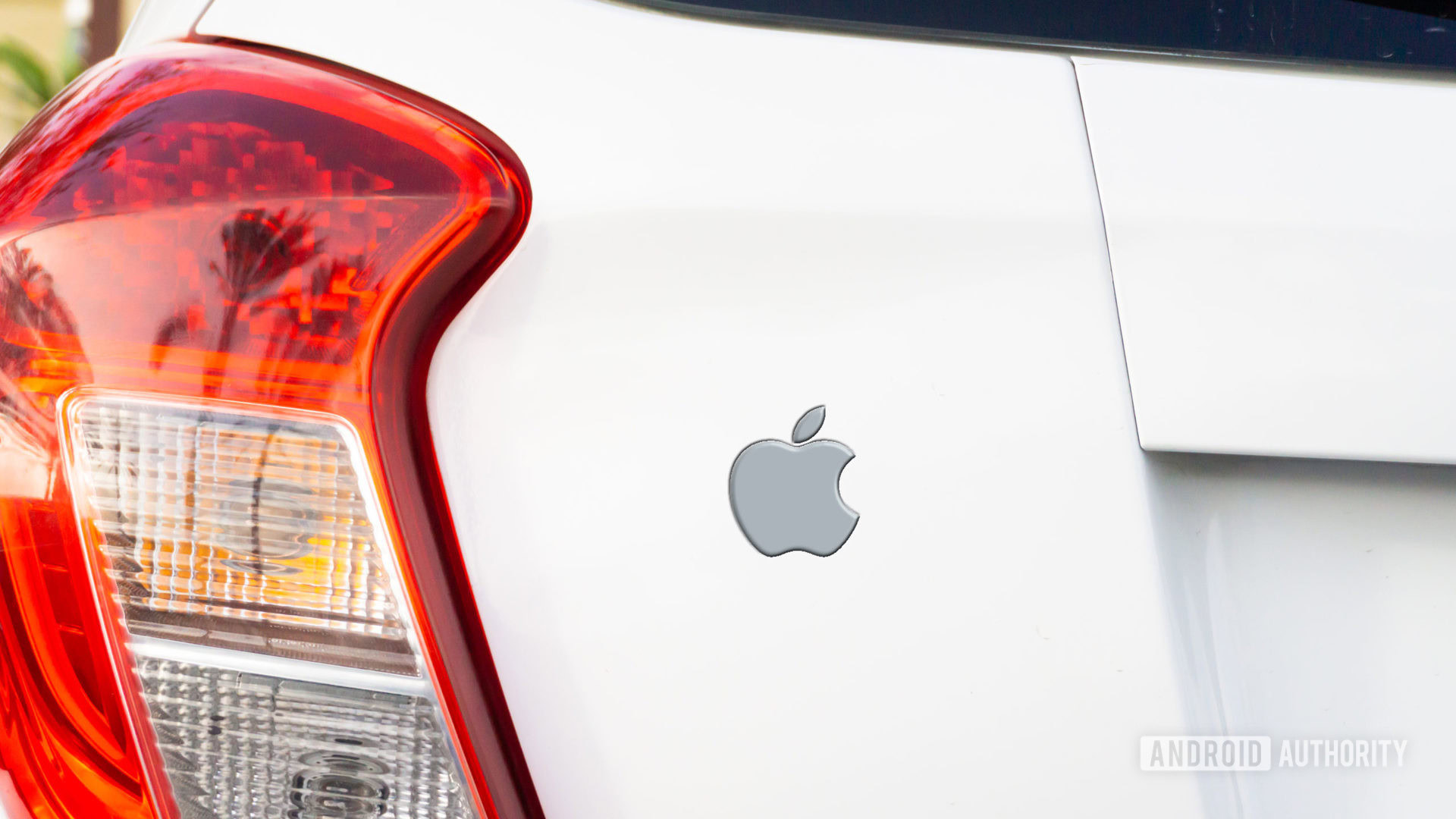
Apple doesn’t have its own car factories, at least not yet. That means that if it wants to build something it needs an outside manufacturing partner. Over the years it has allegedly talked to firms like BMW and Nissan, and most recently Hyundai and Kia, if unsuccessfully (Reuters). Not just about manufacturing either — joint development was once a possibility, although the latest word from Korea’s Maeil Economic Daily is that Apple has been pursuing that aspect solo. That may be because of repeated delays, not to mention the fact that most major automakers are now competing in the EV field. No one wants to hurt their own prospects by giving Apple a boost.
In shopping for parts suppliers, Apple has been talking to companies like LG, Panasonic, Samsung, and SK Innovation, according to publications like the Korea Times. Possible manufacturers could include Toyota and/or Magna International, the latter being an independent contract firm. LG and Magna share a joint venture, LG Magna e-Powertrain, which might be poised for Apple Car orders. Nothing is confirmed.
How much will the Apple Car cost?
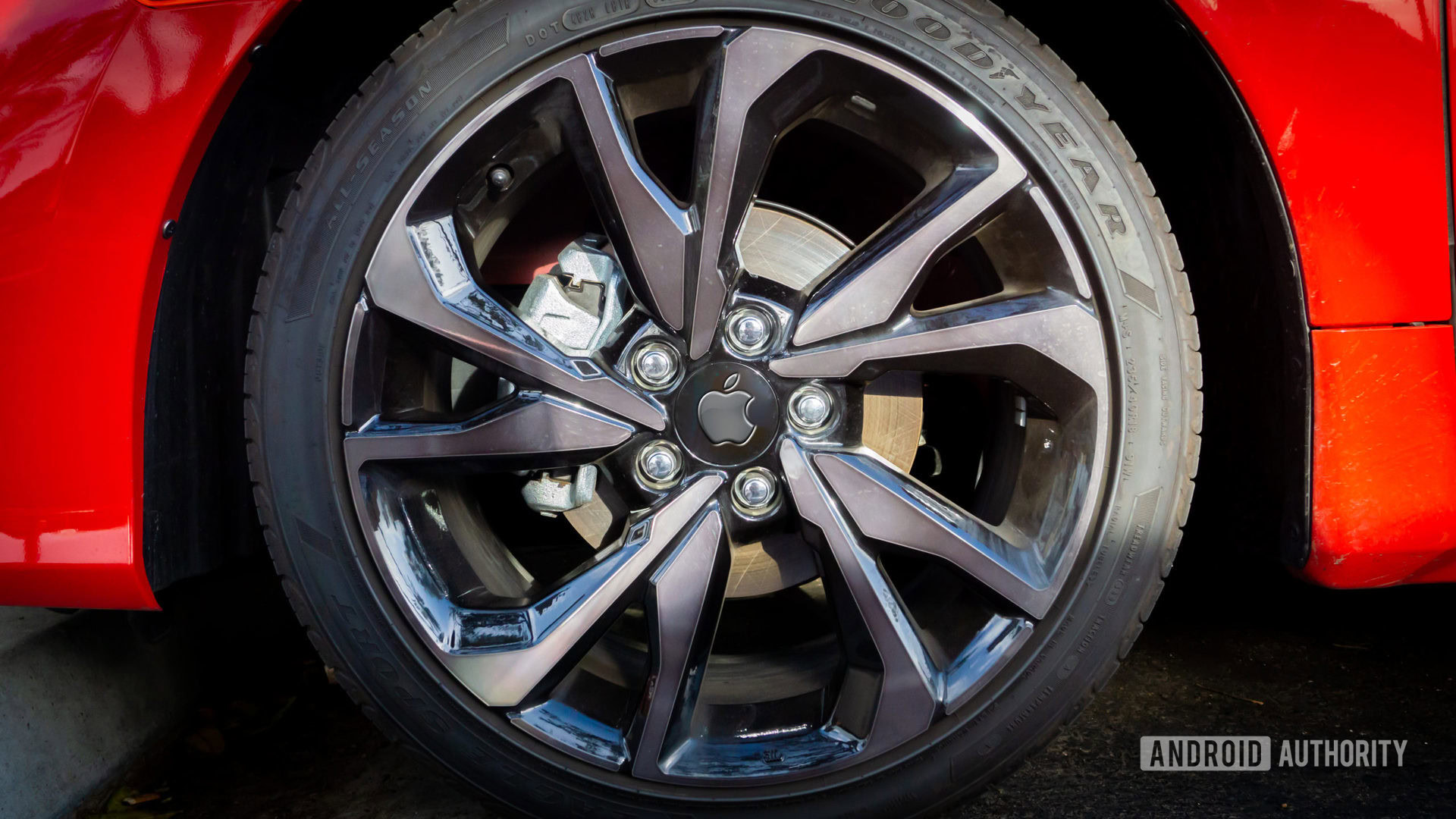
No one can say. Apple is likely years away from finalizing a design. We do know that EVs are costlier than gas guzzlers, and that vehicles with self-driving tech are even more expensive. While the margins for EV production are bound to come down as the industry transitions, it’s hard to imagine an Apple Car cheaper than the Tesla Model 3, which starts just under $40,000 without government incentives. You can get EVs for less — a barebones trim of the Nissan Leaf starts a little over $27,000 — but Apple won’t want to be seen as a budget pick.
If Apple focuses on its usual “premium” market, prices could rise even higher. For reference, adding a self-driving package to the Model 3 raises its price tag by $10,000, and you’re looking at another $10,000 if you want to boost range from 262 miles to 353. Apple will probably want to avoid the wallet-shredding costs of luxury EVs like the Tesla Model S or Porsche Taycan.
Do we know what it looks like?
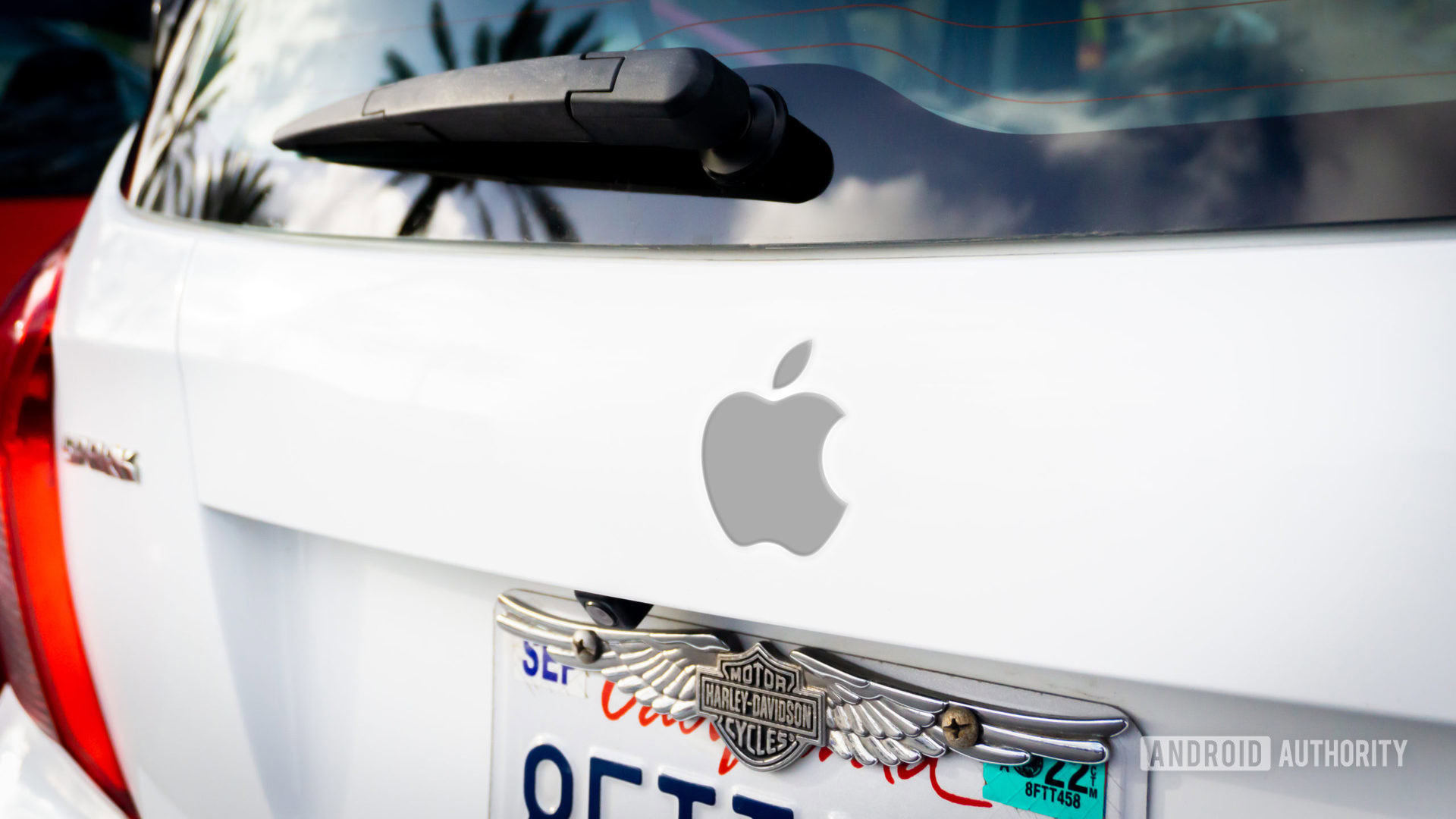
No. Apple has been testing self-driving tech on California roads for years (as mentioned above), but only using existing vehicles to refine sensors and software. Any original prototypes, assuming they exist, have been kept under the tightest security imaginable. Thankfully for us, the company will be unable to maintain that secrecy as production approaches. iPhone leaks are commonplace as it is — never mind concealing something as large as a car.
Is it actually going to be called “the Apple Car”?
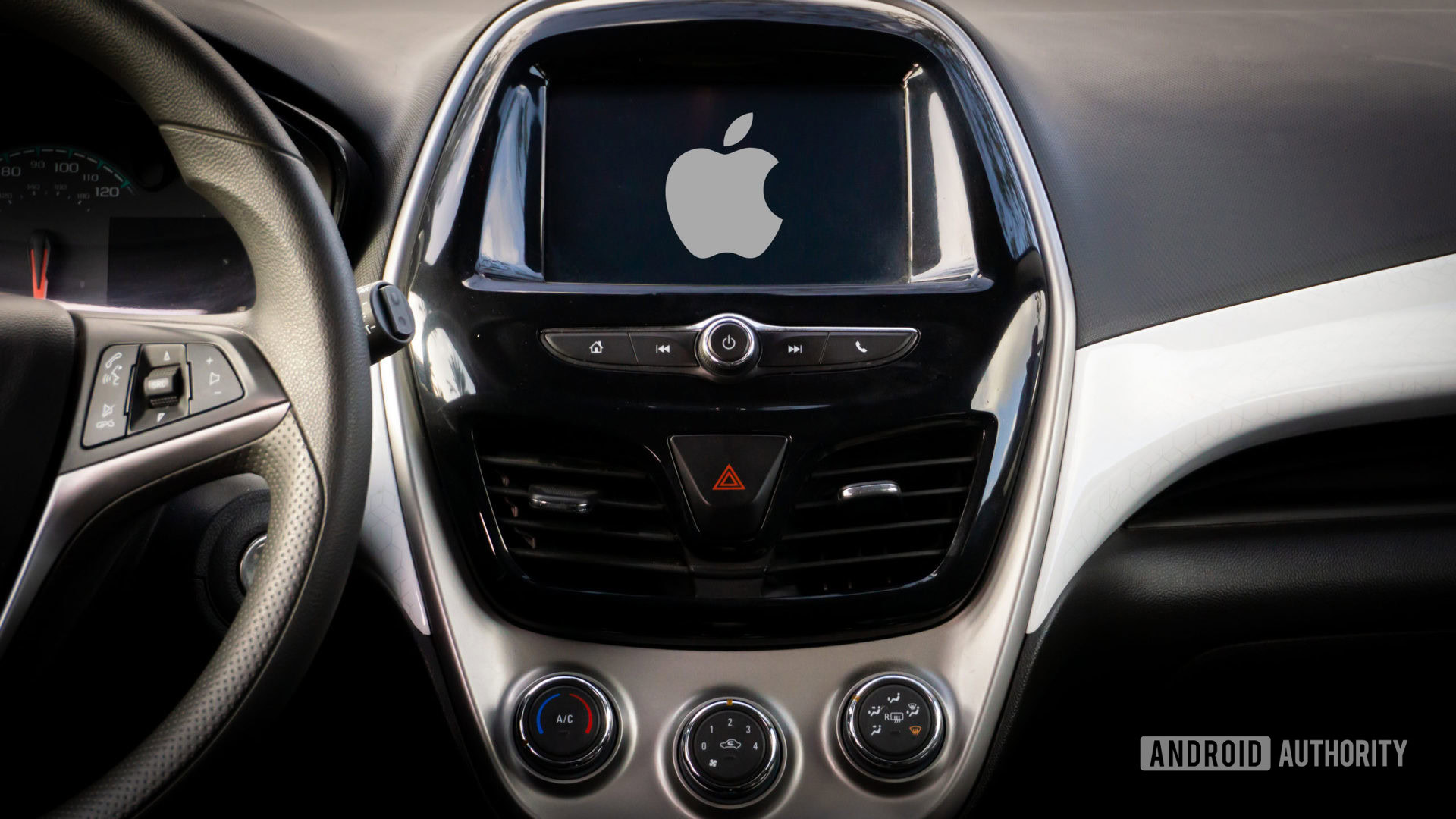
We don’t know, but possibly. There are already a lot of products with “Apple” in front, such as Apple Music, the Apple Watch, and the Apple TV 4K. “Apple Car” would both follow trends and reinforce the fact that you’re getting a distinctly Apple take on driving. If the product is successful, it could make updates and spinoffs easy to brand — picture an Apple Truck or Apple Car 2.
On the other hand, that scheme doesn’t really fire the imagination in the same way as names like Mustang and Aventador, or even Fit and Civic. The company could try “iCar.” One thing it’ll (almost) certainly steer clear of is anything beginning with “Model.” That would conflate Apple with Tesla, which is already aping a naming scheme from Ford — in fact the very first Ford was the Model A, which might otherwise have been a great name for an Apple product.
Also read: Green Authority — 7 best portable solar panels for off-grid adventures
A third approach might mirror the theming of macOS. For years it was named after big cats, and more recent releases have been named after California landmarks such as El Capitan, Mojave, and Big Sur. The trick would be finding a theme that’s both original and suitable for the auto world.
When will the Apple Car go on sale?
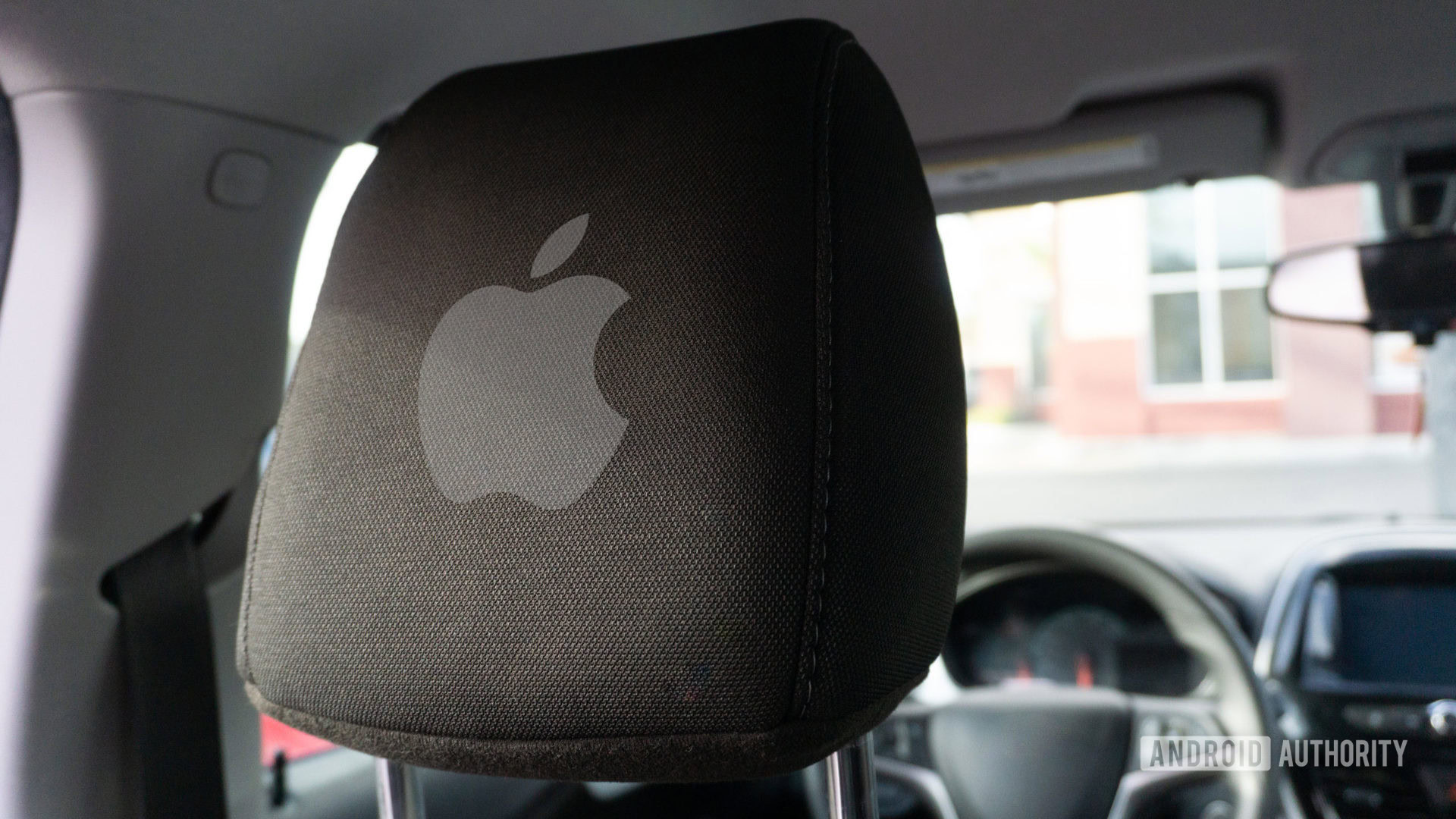
In late 2020, well-connected analyst Ming-Chi Kuo forecast a launch sometime between 2025 and 2027, assuming full-scale development was already underway, according to AppleInsider. He cautioned though that the car could arrive in 2028 or later, depending on changes in the EV market and self-driving tech, which might force Apple to adapt. Bloomberg backed up this idea with a report in November 2021, claiming that while Apple is aiming for 2025, Titan insiders are skeptical about avoiding delays.
All predictions should be treated skeptically until Apple makes an announcement. There was a point — around 2015 — when publications like the Wall Street Journal were rumoring a launch as soon as 2019 or 2020. That would’ve required the project to fire on all cylinders, and even then many people (rightly) thought those dates were too optimistic.
All predictions should be treated skeptically until Apple makes an announcement.
Sure enough, the company has run into many stumbling blocks, including not just layoffs and refocusing, but multiple leadership swaps. Steve Zadesky, one of the project’s originators, left in January 2016 (Reuters). The most recent departure was Doug Field, who in September 2021 seized an opportunity with Ford (Macrumors). Apple software executive Kevin Lynch, best known for shepherding the Apple Watch, has since taken the project’s helm, Bloomberg says.
The bottom line
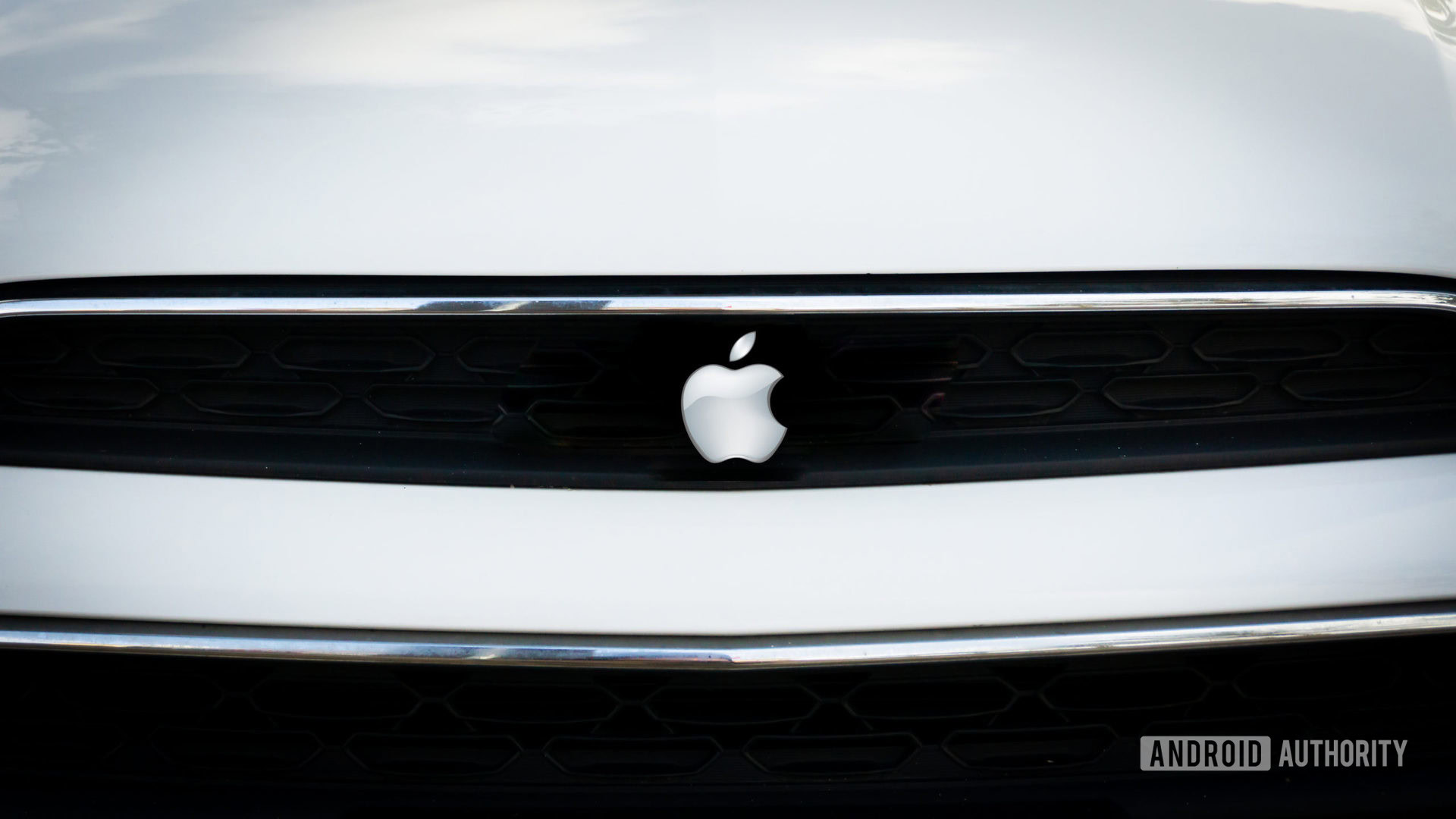
There are a lot of unanswered questions beyond the ones we’ve raised. What sort of OS will the Apple Car run? Will it have a windshield display, given Apple’s interest in augmented reality? How far and fast will it go?
Also read: Green Authority — 10 of the best electric skateboards you can buy in 2021
The bottom line is that while development seems to be picking up, Apple is still getting its ducks in a row, which means it’s too early to be talking about specs, prices, or dates with any confidence. What we do know could flip on a dime. The company could decide to scale back its ambitions, for example offering a self-driving platform for the big automakers. Or it could scrap its investment entirely — but with the rhetoric out of people like Cook, it sounds like we should expect something in the next few years.